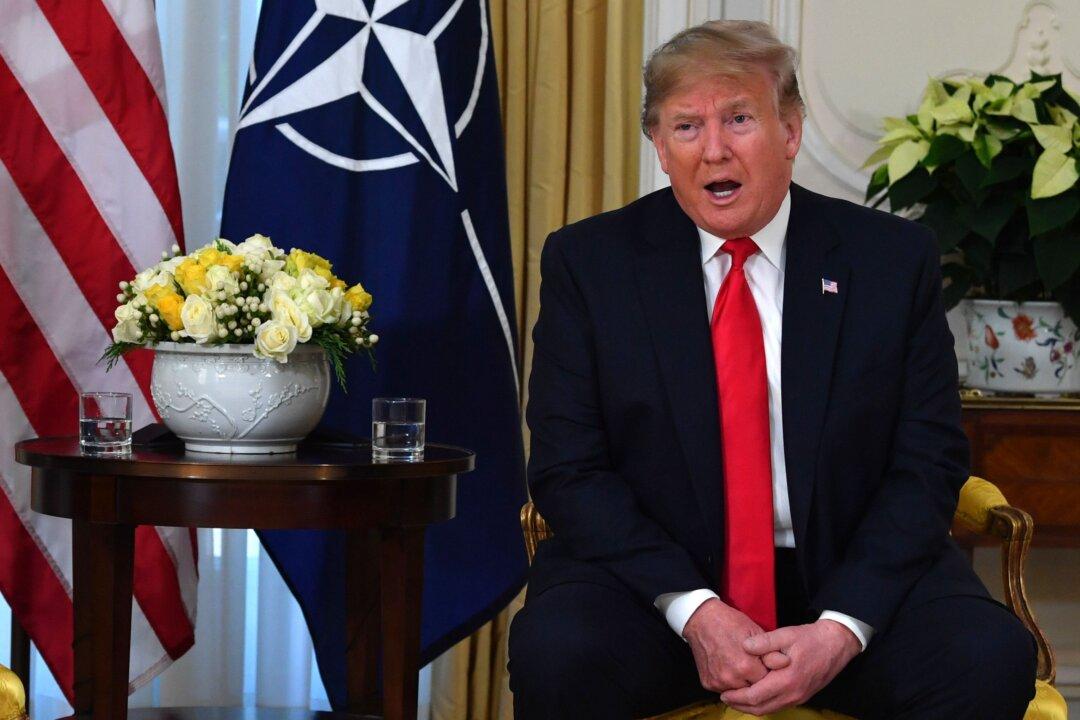President Donald Trump urged the news media to get inside Iran and monitor the situation, in which the Islamic regime is reportedly killing scores of people protesting its policies.
“Iran is killing perhaps thousands and thousands of people right now as we speak,” Trump said on Dec. 3 during a meeting with NATO Secretary General Jens Stoltenberg in London.





